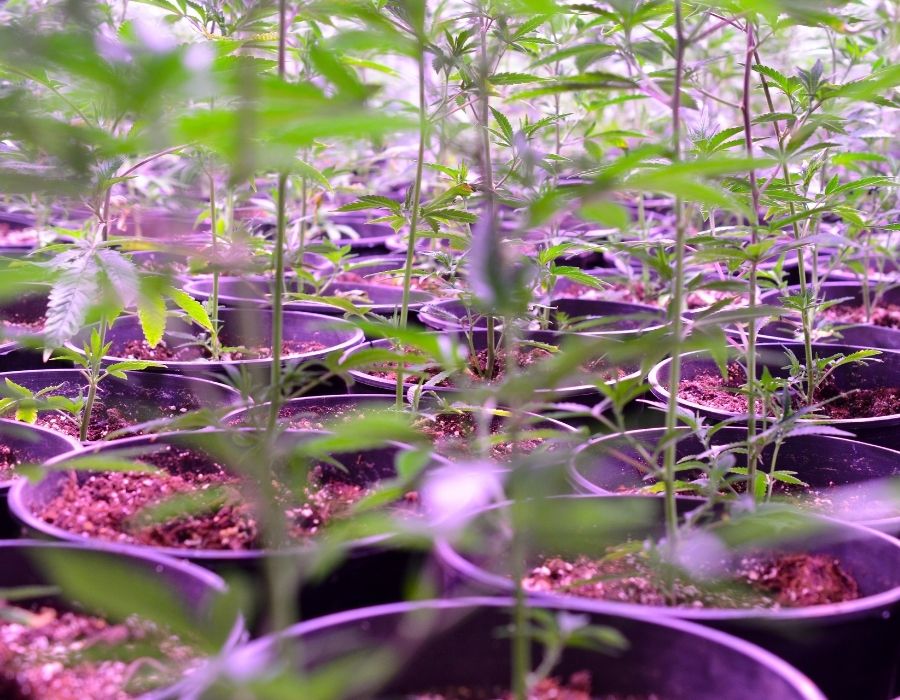There is ‘The One’…the perfect cannabis plant in your grow room. Your favorite plant exhibits vigorous growth with a healthy root system. After researching the strain, you know it has all of the qualities you are looking for in potency, flavour, and high production. So, how can you keep this exceptional cannabis phenotype for future plantings?
The best way to preserve the genetics of a distinctive cultivar is a process called cloning. This method involves cutting stems from the original ‘mother’ plant to produce multiple offspring which express the same genetic make-up. Although it is a simple act to take cuttings from a marijuana plant, keeping the young clones alive until roots appear can be challenging.
In this guide, you will learn how to successfully clone cannabis plants.
What is the Advantage of Cloning instead of Using Seeds?
When purchasing regular cannabis seeds from reputable seed companies such as MGS, a percentage of the seeds will be female. However, there is also a probability for male seedlings to be in the mix. Unfortunately, you must first grow the plant into the early pre-flower stage before the true gender is revealed. This can be a timely and expensive venture.
Taking cuts off an established female cannabis plant eliminates the guesswork, you know it will produce flowers. Cloning is also a huge time saver. By the time a tiny seed germinates and begins to build root shoots, a healthy clone will have established a vigorous root system, developing rapidly into vegetative growth.
Can you make clones from plants grown out of feminized seeds?
Only female cannabis plants produce cannabinoid-rich flowers as they mature. Male plants are primarily grown by breeders; the pollen produced from males used to cross two outstanding phenotypes. If your goal is to produce thick, luscious buds, you do not want male plants in your grow room.
Growing feminized cannabis seeds insures female genetics. As the plants mature into veg growth, clones taken from these moms produce identical characteristics and growth patterns. When you have found ‘The One’ perfect feminized seed, you can continue to replicate its genetic makeup for generations.
Healthy Mother Plants Produce Healthy Clones
Because of the identical genetic copy, clones taken from a female plant will express similar growth characteristics. If the original plant is healthy and vibrant with an energetic root system, your success in rooting the clones will be favourable. On the other hand, a sickly mother with little energy and slow growth will exhibit those same features in the clones.
A young, healthy plant in the vegetative stage, usually between two to three months old, typically produces vibrant clones. However, the age of the plant does not necessarily determine the rooting success of the clone. Many experienced growers and commercial cannabis cultivators retain female plants indefinitely, producing multiple generations of offspring. The key is to take new clones from a happy, healthy mother stock.
